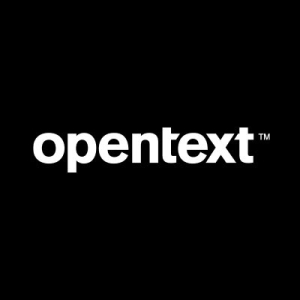OpenText Silk Test's most valuable features include ease of GUI mapping, distributed test run support, object-oriented approach, multi-language support, OCR recognition, seamless IE integration, and Visual Studio compatibility. Users appreciate its ease in script modification, reporting, capturing functional testing, cross-browser capabilities, and handling application states. The recording feature allows fast learning for business users. With robust reporting, SAP functional testing support, and test cycle management, users find it user-friendly and efficient for accelerated and continuous testing.
- "It's easy to automate and accelerate testing."
- "A good automation tool that supports SAP functional testing."
- "Scripting is the most valuable. We are able to record and then go in and modify the script that it creates. It has a lot of generative scripts."
OpenText Silk Test requires improvements in GUI simplicity for non-developers and better integration with IntelliJ IDEA and Git. Enhancements are needed for browser testing, especially with Firefox and Chrome. The system could benefit from compatibility with newer technologies and better performance monitoring. Pricing and initial setup complexity pose challenges. Improving community support and expanding documentation would be advantageous, alongside better automation for iOS applications and object library integration. Users express difficulty in using some commands and desire more intuitive scheduling and API integrations.
- "The pricing could be improved."
- "Could be more user-friendly on the installation and configuration side."
- "We moved to Ranorex because the solution did not easily scale, and we could not find good and short term third-party help. We needed to have a bigger pool of third-party contractors that we could draw on for specific implementations. Silk didn't have that, and we found what we needed for Ranorex here in the Houston area. It would be good if there is more community support. I don't know if Silk runs a user conference once a year and how they set up partners. We need to be able to talk to somebody more than just on the phone. It really comes right down to that.The generated automated script was highly dependent upon screen position and other keys that were not as robust as we wanted. We found the automated script generated by Ranorex and the other key information about a specific data point to be more robust. It handled the transition better when we moved from computer to computer and from one size of the application to the other size. When we restarted Silk, we typically had to recalibrate screen elements within the script. Ranorex also has some of these same issues, but when we restart, it typically is faster, which is important."



